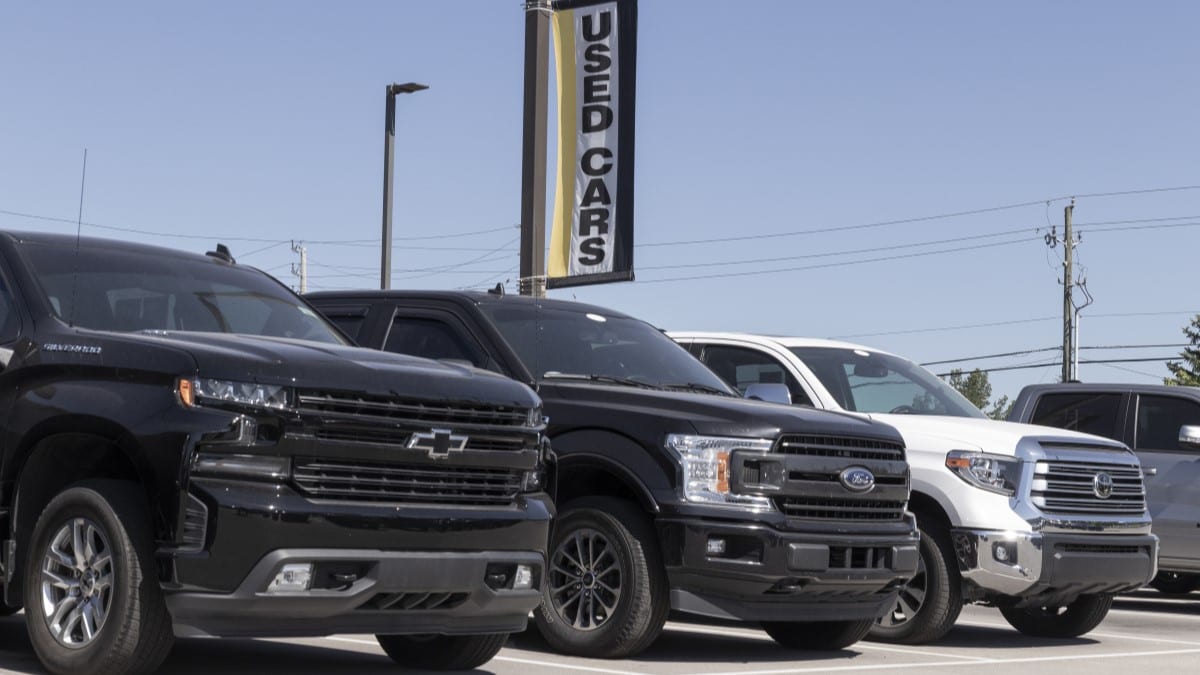The prices dealers pay at auction for the used cars they later sell decreased in the first half of February. That’s great news for car shoppers, as a change in wholesale prices tends to become a change in retail prices after six to eight weeks.
That news comes from Kelley Blue Book’s parent company, Cox Automotive, which also owns car auction giant Manheim, where dealers go to buy used cars they later sell.
Manheim tracks wholesale price changes through the Manheim Used Vehicle Value Index. The index now sits 0.2% lower than this time a year ago.
Related: Is Now the Time to Buy, Sell or Trade-in a Car?
That’s not a dramatic change. But it’s good news because demand for used cars peaks in late winter and early spring as Americans start getting their tax returns. The list price of the average used car fell in February. However, the nationwide supply of used cars is lower than normal this year, and just as the seasonal surge begins, price drops are a pleasant surprise.
Car prices, new and used, may grow hard to predict in the coming months. The new Trump administration has proposed several rounds of tariffs, none effective yet, that could push new car prices up by an average of $3,000 per vehicle.
An increase in new car prices tends to raise used car prices, as would-be new car buyers turn to the used car market to find something they can afford.








